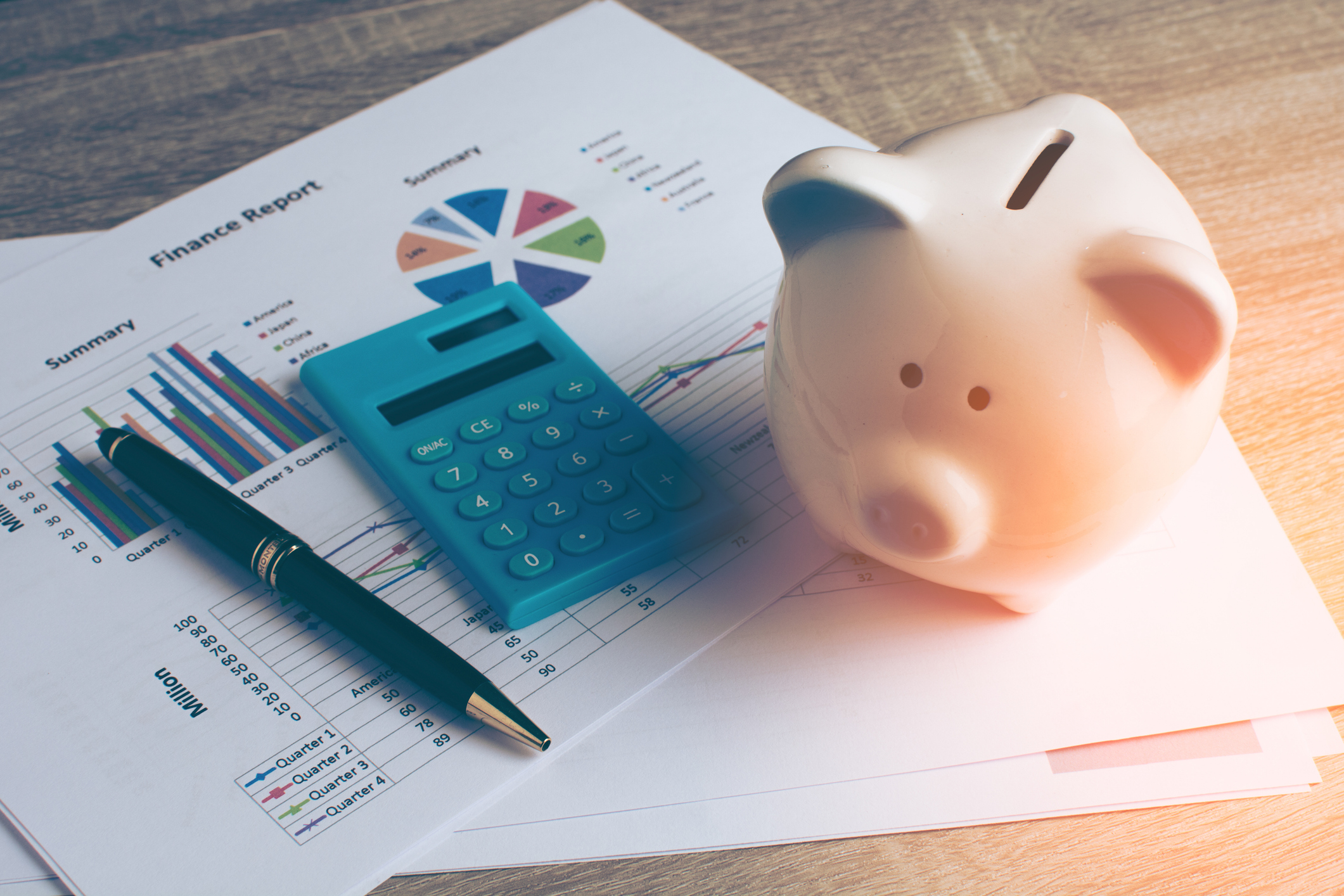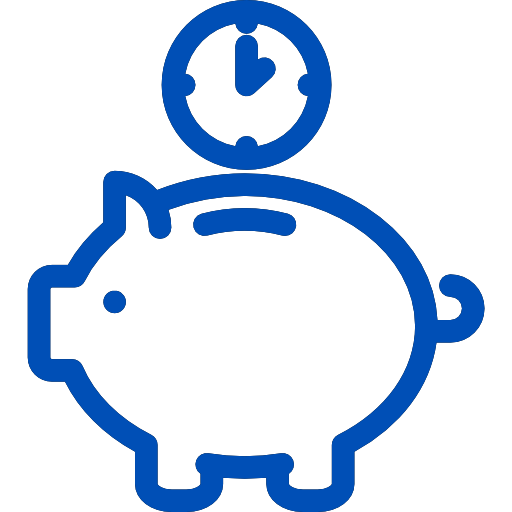Building a Solid Emergency Fund: Your First Step to Financial Security

Imagine this: your car breaks down out of nowhere, or a sudden medical bill pops up. In situations like these, an emergency fund becomes more than just a financial buzzword—it's a lifesaver. It's all about ensuring that when life throws surprise your way, they don't derail your financial stability.
Why Do You Need an Emergency Fund?
An emergency fund acts as a financial buffer that can help you handle unexpected expenses without relying on credit cards or loans, which might lead to hefty debts. It's essentially about having money set aside that allows you to stay afloat during tough times without disrupting your daily life or long-term savings goals.
Read More: How to Save Your Salary from hefty Tax Deductions[1]
How Much Should You Save?
Deciding the size of your emergency fund typically depends on your lifestyle, fixed expenses, and overall financial security. The rule of thumb is to save enough to cover three to six months of living expenses. However, if you are starting out, even a small amount, like Rs. 10,000, can make a big difference in a pinch.
Step-by-Step Guide to Building Your Emergency Fund
- Assess Your Expenses: Start by listing out your monthly expenses—everything from rent and groceries to insurance and entertainment. This will help you figure out how much you regularly need to get by.
- Set a Monthly Saving Goal: Determine a realistic amount you can set aside each month. It could be Rs. 500, Rs. 1,000, or more—what matters is that it fits your budget, and you can consistently save it.
- Create a Separate Savings Account: To resist the temptation of spending out of your emergency fund, keep it in a separate savings account. This way, it's there when you need it but out of immediate reach for everyday spending.
- Automate Your Savings: Automate transfers from your main account to your emergency fund immediately after your pay cheque hits. This ensures you save before you have the chance to spend.
- Adjust as You Go: As your earnings increase or your expenses change, adjust the amount you save accordingly. More money saved means a sturdier safety net.
- Keep It Liquid: Your emergency fund should be easy to access. Opt for a savings account with a good balance between a decent interest rate and easy access without penalties.
- Monitor and Replenish: If you ever need to dip into your emergency fund, make a plan to replenish it. Keeping your funds topped up is crucial for continuous protection.
Read More: What are Unit Linked Insurance Plans (ULIPs)?
Where Should You Keep Your Emergency Fund?
Choosing the right place to store your emergency fund ensures it's accessible yet still growing. Here are some options:
- Savings Account: Ideal for immediate access needs, a savings account is secure, earns interest, and allows easy withdrawals without penalties.
- Liquid Funds: Suitable for money that doesn't require instant access, liquid funds invest in short-term instruments like treasury bills, offering slightly better returns than savings accounts with good liquidity.
- Short-Term Fixed Deposits (FDs): Best for funds you won't need immediately but may access within a year. FDs offer higher interest rates, though early withdrawal might incur penalties.
Each option balances accessibility with growth potential, helping you decide based on how quickly you need access to your funds and your financial goals.
Building and maintaining an emergency fund is one of the smartest financial moves you can make. It not only provides a sense of security but also instils a habit of saving that can benefit all areas of your financial life. Start today, and you will thank yourself tomorrow for preparing for whatever life throws your way.
Related Articles:
- How to Ensure a Regular Income Stream for Your Family?
- How Can your Insurance Policy function as a Savings Tool
- Savings plans and life goals: How saving early can help me during important life milestones
- The Art of Risk Management- How to Thrive in an Uncertain Economy?
AN Feb 15/25



Leave a Reply
Add new comment